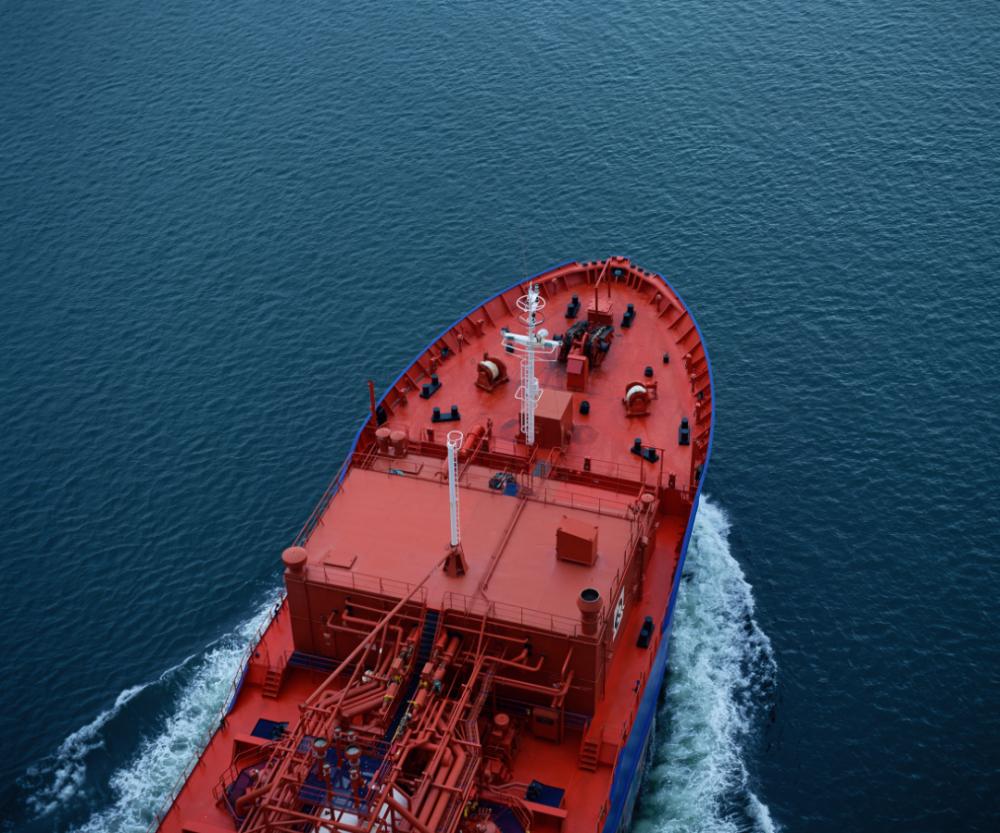4 options for measuring carbon emissions from ships
- Categories:Industry News
- Author:
- Origin:
- Time of issue:2021-08-21
- Views:0
(Summary description)A few days ago, the International Maritime Organization (IMO) and the European Commission (EC) decided to develop a method for accurately measuring carbon dioxide emissions from ships, which the shipping industry welcomes.
4 options for measuring carbon emissions from ships
(Summary description)A few days ago, the International Maritime Organization (IMO) and the European Commission (EC) decided to develop a method for accurately measuring carbon dioxide emissions from ships, which the shipping industry welcomes.
- Categories:Industry News
- Author:
- Origin:
- Time of issue:2021-08-21
- Views:0
A few days ago, the International Maritime Organization (IMO) and the European Commission (EC) decided to develop a method for accurately measuring carbon dioxide emissions from ships, which the shipping industry welcomes.
Previously, the greenhouse gas research responsible for the IMO was mostly based on top-down data. The data was based on one year as a reference time, and the fuel consumption estimates of different ship types were collected as the main data source.
Although such data is obviously inaccurate, from the current point of view, these data are still worthy of reference, and are widely cited in various debates about the contribution of ship carbon emissions to the solution of environmental protection issues.
The current third wave of research will use real data on board each ship's voyage. In this way, the reliability of the data will be enhanced, but it needs to find a sure way to measure and organize the data. In addition, in order to achieve the purpose of continuously monitoring the carbon emissions of ships, the data collection plan should also consider incorporating multiple sets of specific time data.
In other words, the purpose of this research is to make more of the excessively-emitting capacity to contribute to the climate fund under the guidance of the market mechanism.
The four existing schemes are likely to be used in this study, and first-hand data on ship fuel consumption and emissions will be prepared for it. In addition to monitoring the accepted mandatory fuel delivery documents, monitoring of ship fuel tanks, engine fuel flow meters, and direct exhaust emissions from ship engines are all feasible strategies.
The monitoring process of ship fuel tanks is similar to the daily fuel reading operations carried out by most ships to control and evaluate the efficiency of voyages. Similar to the way of using the fuel delivery note, the above method has become part of the prescribed procedures for assessing fuel consumption during a ship's voyage. However, the data still needs a new framework to ensure that the data is truly organized and used.
The principle of the third scheme is to use a flow meter to evaluate the amount of fuel directly flowing into the ship’s engine. This method requires each ship to be equipped with a flow meter, which will inevitably increase the cost of the ship owner, and the ship owner will also have to spend time and effort to calibrate the instrument. In addition, the maintenance and replacement costs of flow meters are likely to have to be paid by shipowners and operators.
Although this solution is more accurate than judging the fuel consumption of ships through fuel delivery notes and fuel tank reports, not all flow meters are accurate and not all suitable for installation in marine environments.
In addition, the volume flowmeter does not take into account variables such as fuel temperature and density, so the data read by the flowmeter needs to be further revised. Only in this way can the actual fuel consumption and the resulting carbon dioxide emissions be calculated.
Similarly, the direct measurement of ship carbon dioxide emissions based on the fourth scheme also requires technical input, data calibration and verification, and professional information technology support to ensure accurate data collection, storage and transmission.
In view of the relative backwardness of related technologies, the carbon dioxide emission monitoring system is still out of reach. However, the above four monitoring schemes do provide options for accurate calculation of ship carbon dioxide emissions.
Scan the QR code to read on your phone
Recommended news
Nantong Yangkou Ship Engineering Co., Ltd.
Address: No. 50, Changxin Street, Rugao, Nantong, Jiangsu Province
Contact:Mr Cai
Mobile:86-13235203111
Fax:0086-513-85322616
E-mail:ntyk2011@aliyun.com
Web:http://www.ntykcb.cn
Copyright © 2021 Nantong Yangkou Ship Engineering Co., Ltd. 鲁ICP备17003264号




 WhatsApp
WhatsApp

 E-mail
E-mail Tel
Tel